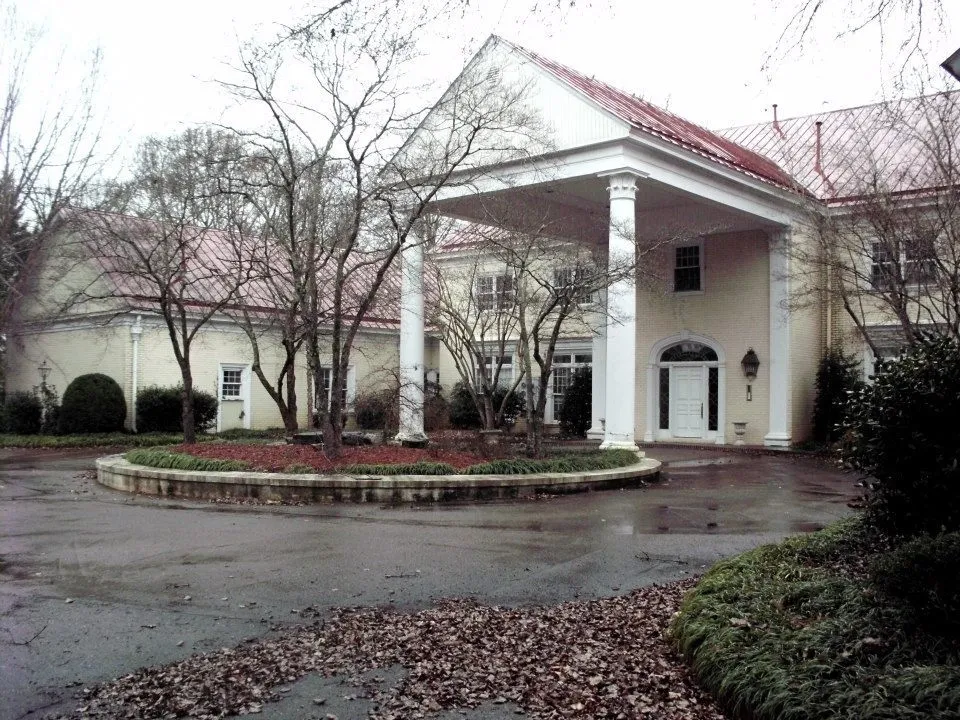The grand Whirlwind mansion, once a symbol of luxury in Tennessee, now stands in disrepair, a relic of its former glory. In its heyday, this sprawling estate was a sight to behold, captivating all with its regal presence. However, the lavishness that defined it also led to its downfall.


Built in the early 1970s with funds obtained through bank fraud by banker and politician Jake Butcher, Whirlwind was envisioned as the epitome of luxury. Butcher spared no expense in its construction, creating a residence boasting over 40 rooms and 13 bathrooms, surrounded by lavish amenities like a children’s playhouse, a luxurious swimming pool with a bar and kitchen, and even a helipad for easy access.


Rumors even circulated of a solid gold toilet within the mansion, highlighting the excessive opulence of the estate. But such luxury came with a steep price. Monthly utilities and maintenance costs soared to $10,000 to $25,000 in today’s money, far beyond Butcher’s financial means. Despite its grandeur, Whirlwind’s extravagant expenses ultimately led to its demise.


In the mid-1980s, Jake Butcher’s illegal activities caught up with him, resulting in his conviction for extensive bank fraud. As part of his punishment, Whirlwind was seized as forfeited property. However, with no one willing to take on the hefty financial burden, the once-grand estate fell into disrepair. As a temporary solution, the property was divided into condominiums to alleviate some of the financial strain. But the overwhelming bills persisted, eventually leading to the abandonment of the estate once again.


Today, Whirlwind serves as a haunting reminder of its former splendor. The tennis courts are now swallowed by overgrowth, and the once-majestic porch pillars crumble under neglect, their paint chipping away. Despite its dilapidated state, there is a silver lining in the closure of the bank fraud chapter that marred its history.


As of 2019, a new owner has taken charge of Whirlwind, initiating efforts to restore its former splendor. To protect the ongoing restoration work, a “no trespassing” sign now guards the entrance gate, signaling a renewed commitment to preserving the estate’s legacy.




